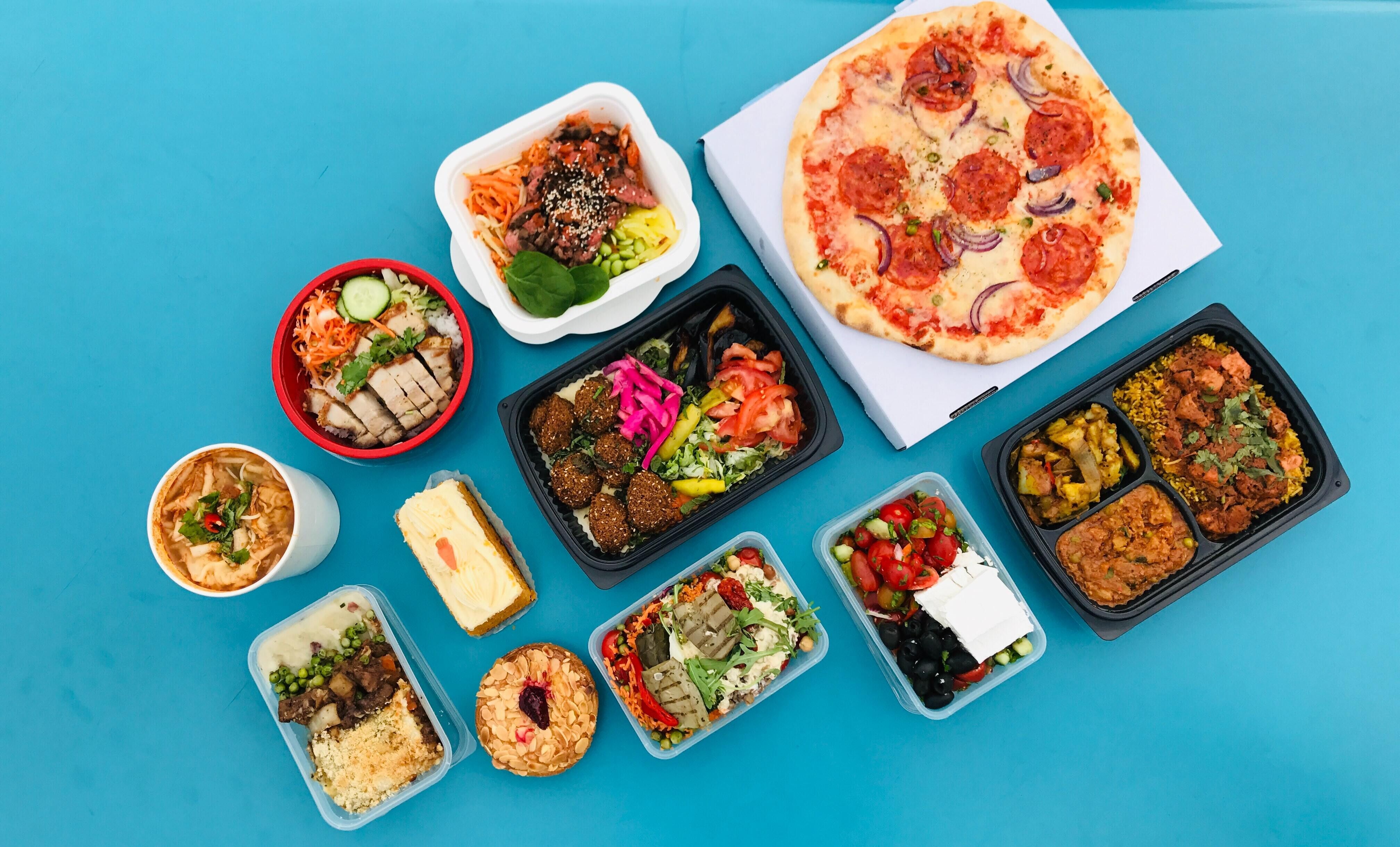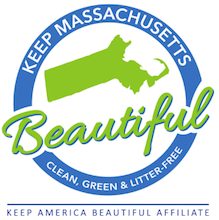
Most everyone can relate to phrases about not wasting food. “Finish your plate,” might be what a mother says, and “are you going to eat that?” would be a question asked by the 1 in 9 people of the world that go to bed hungry every night. Consumers are familiar with these food quandaries, so why is food waste one of the largest and most abhorrent problems for the society? The statistics are staggering: nearly half of food produced is wasted, and ends up in landfills. Moreover, our food system accounts for 19-29% of greenhouse gas (GHG) emissions and it is estimated that 50 million people in 2022 will suffer food insecurities due to the employment drop and financial fallout from the pandemic.
The majority of food waste comes from households are linked to poor planning, overbuying, and plate waste (uneaten). Most notably, 80% of Americans mistakenly discard edible food because of unclear expiration labels. Who can blame the consumers when the labels proclaim “best by” on one product, “sell by” on another, and even worse, “best if used before”? What’s simply needed is a label that means to say, “eat this item when it tastes the absolute best”. These labels are not standardized, nor are they regulated by the U.S. Food and Drug Administration (FDA).
Supermarkets stock shelves with copious amounts of food, of which a percentage will not sell and be wasted. They are planning for “shrink” - this is a marketing technique learned from consumer’s appeal for an abundance of food. U.S. shoppers want to see large displays of attractive food and are less willing to buy from shelves and bins with a few remaining items. This is an undeniable economic loss for food growers and retailers who often have to discard oddly shaped produce or overstocked food that didn’t sell. Often, grocery stores will only sell produce that passes an aesthetic standard — no weird-looking fruits or vegetables and everything must be similar in shape and size. Furthermore, if a manufacturer changes the label on their packages, all the food baring old packaging will be discarded in order to maintain uniformity.
Thankfully, there is a sustainable community food system that can support systemic change and help people reduce food waste. Meal kits and grocery delivery services are quickly becoming a popular alternative to traditional ways of sourcing food from the supermarket. Here's how it works: people sign up for an account online, put in their weekly order, and a meal kit/produce box will be delivered through the mail service. For meal kits, the boxes contain recipes and pre-portioned ingredients accompanied by refrigeration packs. Ordering produce and pantry staples is like receiving a box from the farmer’s market; shoppers can customize a variety of produce, meat, snacks, dairy, and bakery items.
What about all that packaging? A research study of the life cycle assessment of GHG emissions for distributing food as a meal kit. They compared the emissions for supplying the same meal through traditional grocery retailing and the results indicated that, on average, grocery retail GHG emissions are 33% higher than meal kits. In fact, the stream-lined and direct-to-consumer supply chain model of meal kit delivery reduces food waste by up to 25% and lowers transportation emissions which is sufficient enough to offset increases in packaging. Additionally, meal kit refrigeration packs show an average emissions decrease compared with grocery refrigeration.
A study was conducted in Germany which compared HelloFresh meal kits to native practices and showed a reduction in food waste by 23%. I spoke with Katie, a representative from HelloFresh’s Sustainability team, and they were able to provide further information on their Sustainability team’s commitment to thoughtful innovation and diversifying brands that focused on expanding options for consumers. According to the Katie, the current consumer’s average order are dinner selections. HelloFresh has added 3 brands to their business model to include a wider consumer base which consists of Factor, a no prep, ready to heat/ready to eat food delivery targeted at busier customer seeking quick and healthy meals. Green Chef is a conscious brand that includes meals for customers with more specific dietary needs such as vegan, vegetarian, Keto, Paleo, etc. Everyplate is HelloFresh’s more affordable brand option that offers meals at around $5 a serving.
In speaking with Katie, they elaborated on the HelloFresh’s social responsibility programs, Beyond the Box and Meals and Meaning. These impact programs focus on helping people through food insecurity faced during the pandemic as well as researching culturally sensitive groups for meal planning, food donations, and free meal kit nominations. When I asked about the company’s vision for the future of food systems, Katie spoke to a pull-model, similar to Amazon Fresh, where a customer’s grocery list is delivered through an ordering inventory system.
In sourcing sustainable food, cutting out the middlemen or intermediary might be the best solution to reducing food waste. There is simply too much waste caused by poorly managed retailers. The future of the food system is business-to-consumer services, including farmer’s markets, food ecommerce, and meal-kits. Reach out and sign up today to one of these food delivery service providers and make it part of your conscientious meal prep routine to reduce food waste.
Article courtesy of Seaside Sustainability.


